
Mycelium Composite Stool
Seminar Material and Structure / Material Matter Lab IV
Jun.-Prof. Dr.-Ing. Arch. Hanaa Dahy
Tutors: Jan Petrš, Piotr Baszyński, Sophie Luz, Evgenia Spyridono
ITECH Master Program in the University of Stuttgart
Team: Francesco Milano, Laura Kiesewetter, Grzegorz Lochnicki, Karen Antorveza.
With the support of: Prof. Dr. Arnd G. Heyer. Department of Plant Biotechnology, Institute of Biomaterials and Biomolecular Systems, Univ ersity of Stuttgart.
April 2019
As a material for use in design, plastic became readily available and widely used in the 1950s. Since then, researchers estimate we have produced over 9 billion tons of plastic; every single bit of this amount is still sitting on our planet. From its origins as a dream material, plastic is perceived now as one of the biggest threats of our times, polluting our water systems and causing havoc for marine life in our ocean. The legacy of plastic tells us about today's urgency to find and promote alternative materials produced from clean sources capable of creating zero impact on the ecosystems during their whole life cycle. At the intersection of biology and materials science, mushrooms are emerging as a promising focus of study. Mycelium, the vegetative part of a fungus, is a renewable, biodegradable, and growing material that eats plant waste and creates strong and durable structures. Mycelium-based composites can be categorized as foams due to their high porosity and slight rigidity. In this project, mycelium has been combined with a cotton fabric mold, in which the material grows and remains integrated into the object at the end of the process. The raw esthetic of the stool is radical, in the same way shiny colors and fluid shapes of the early design experiments with polymers used to be.
Tip = $10
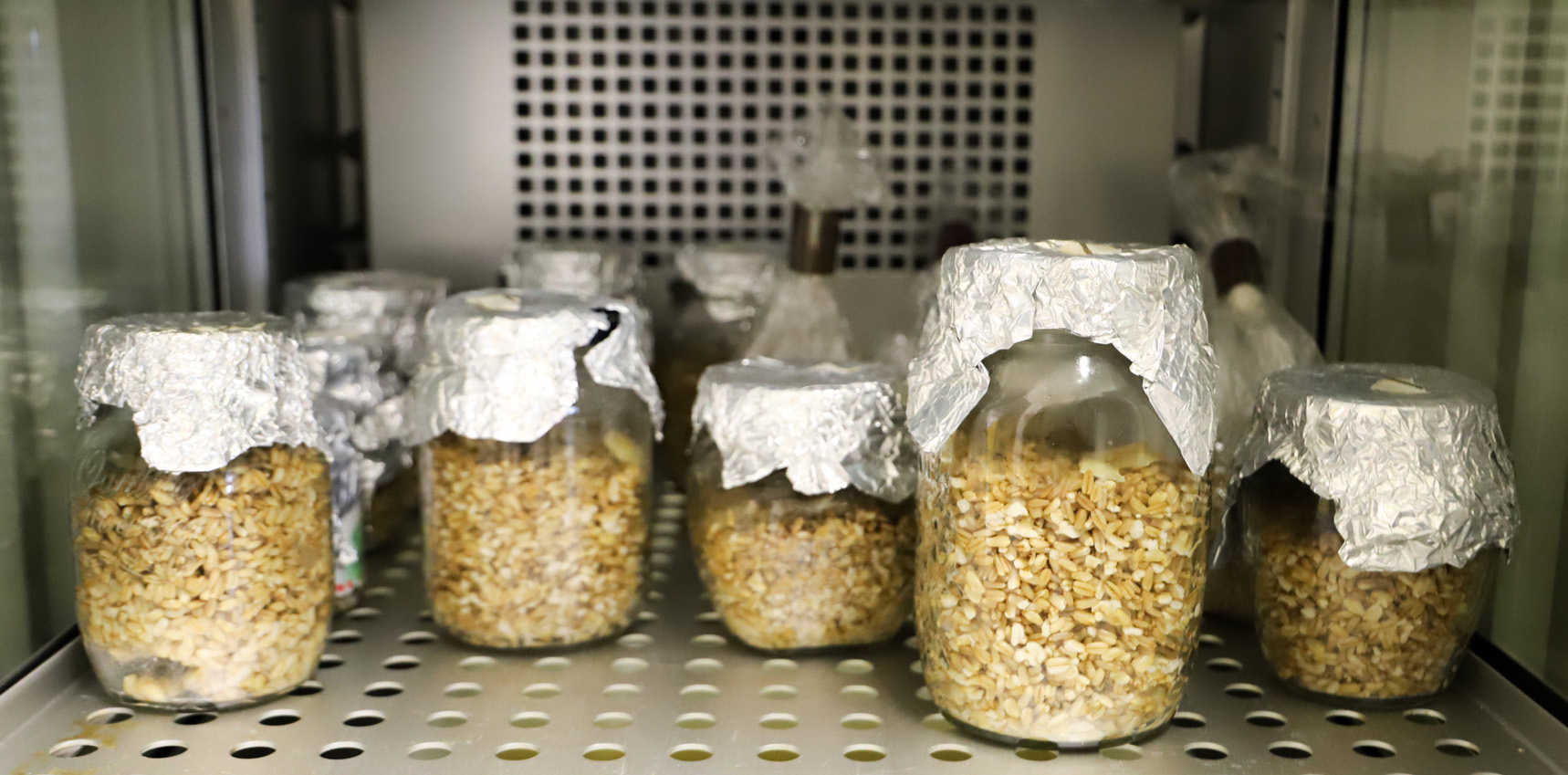
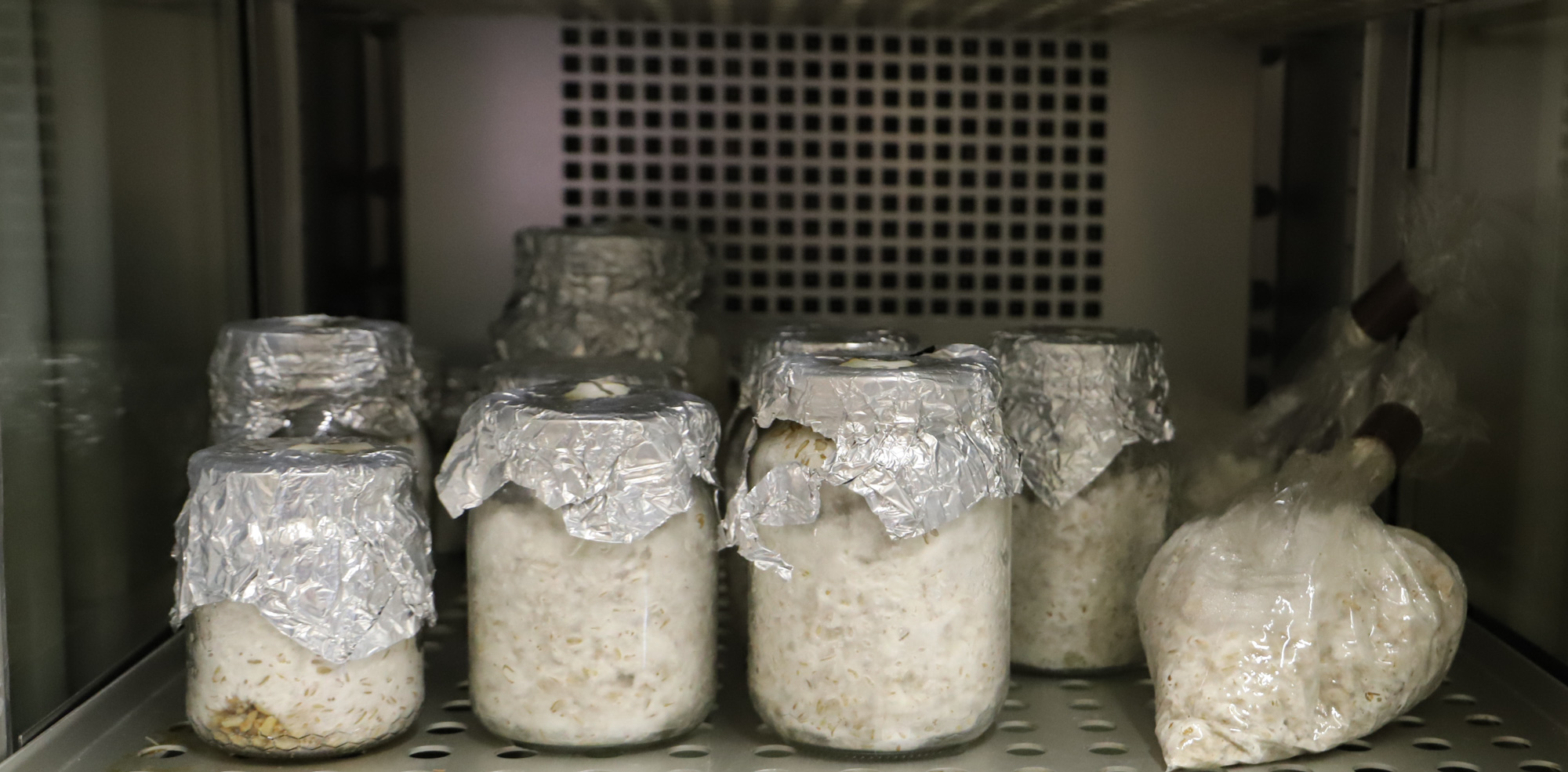
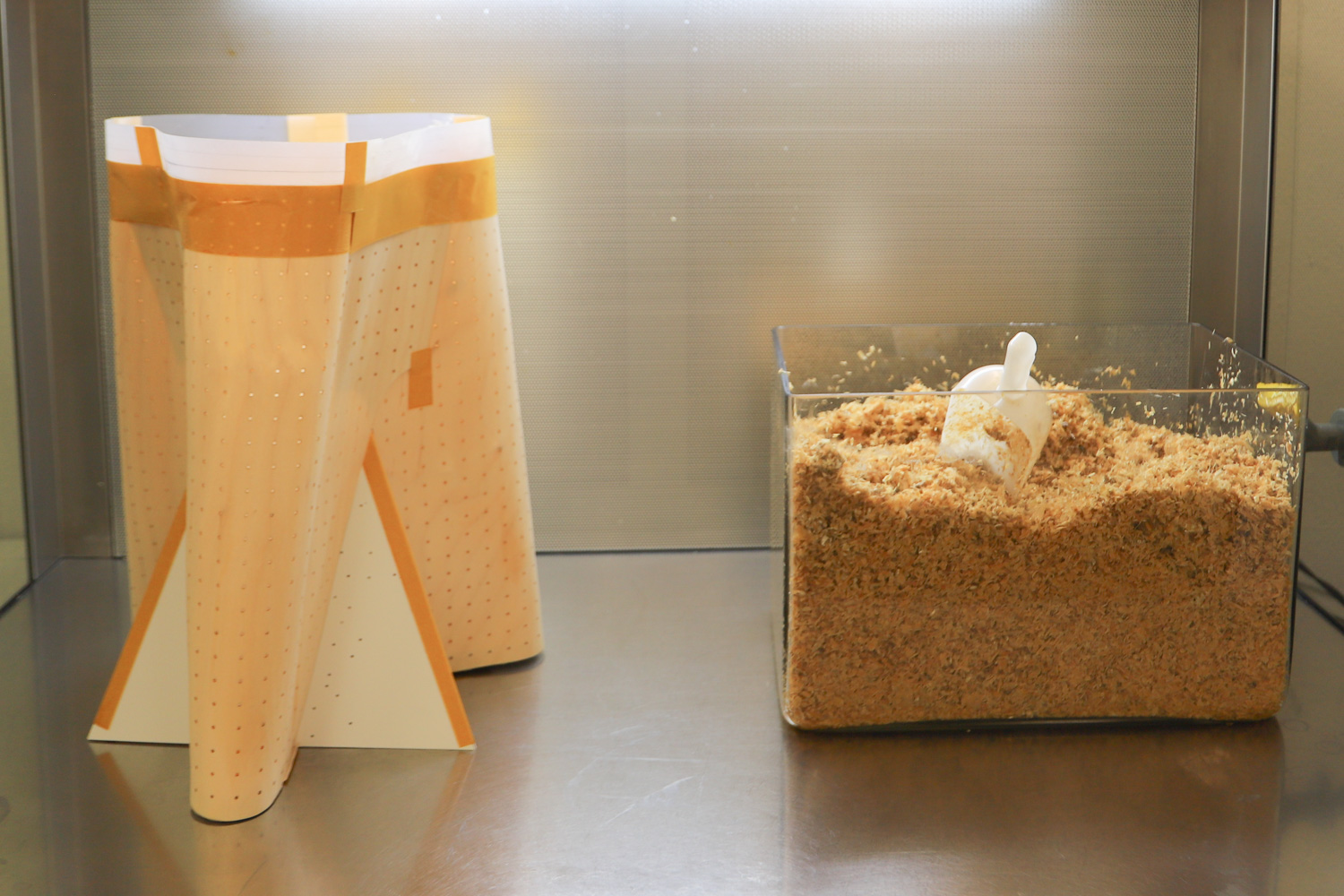
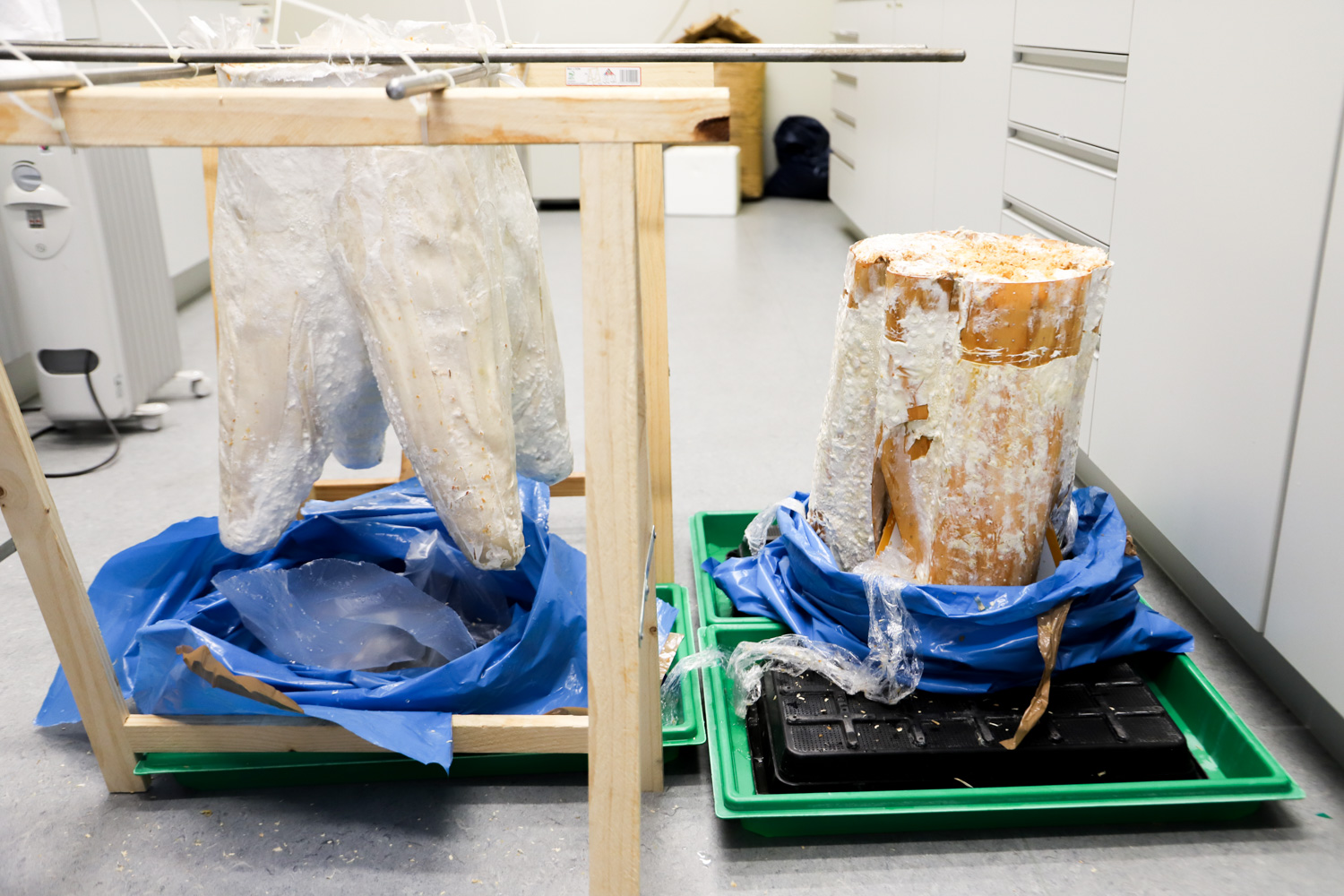
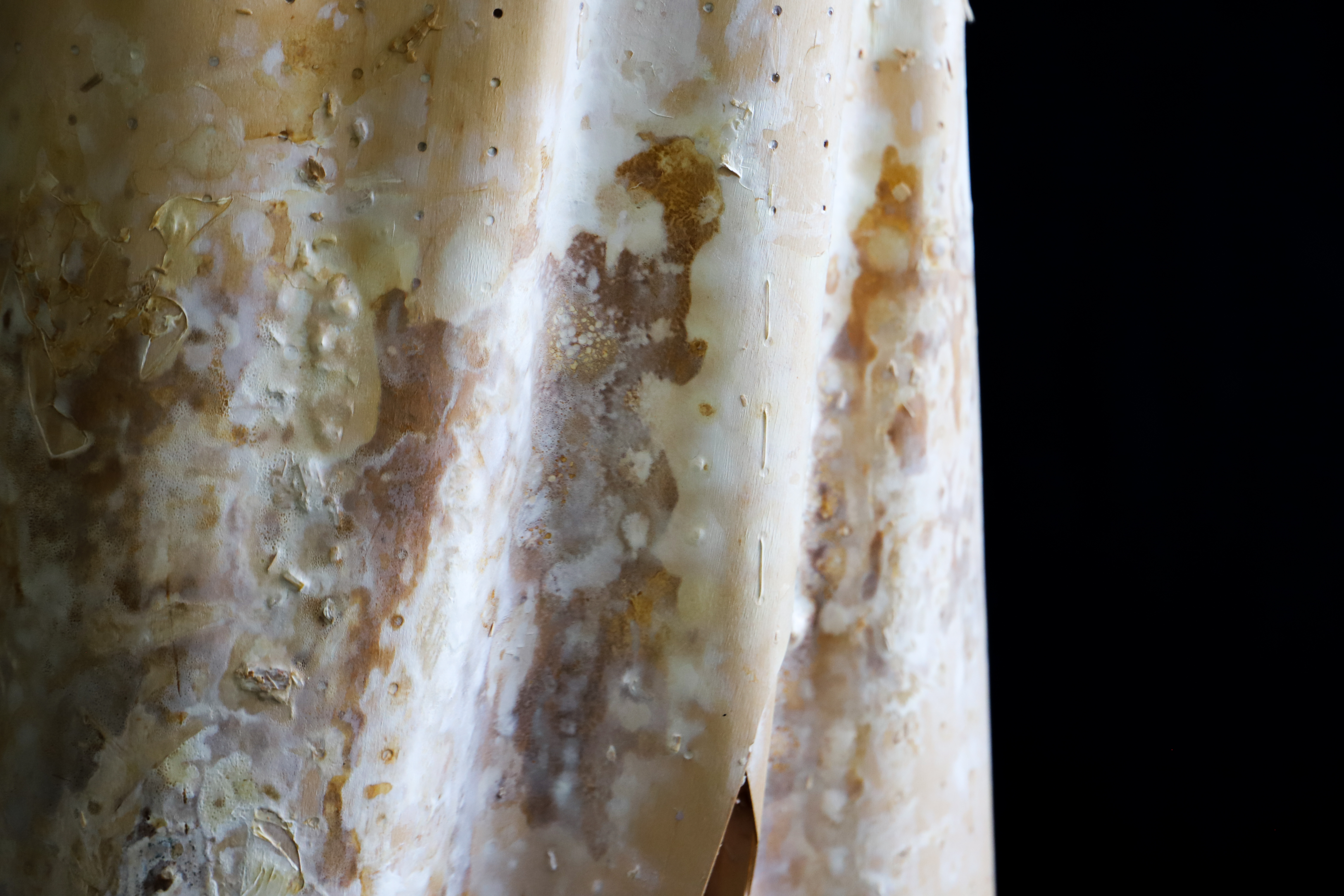
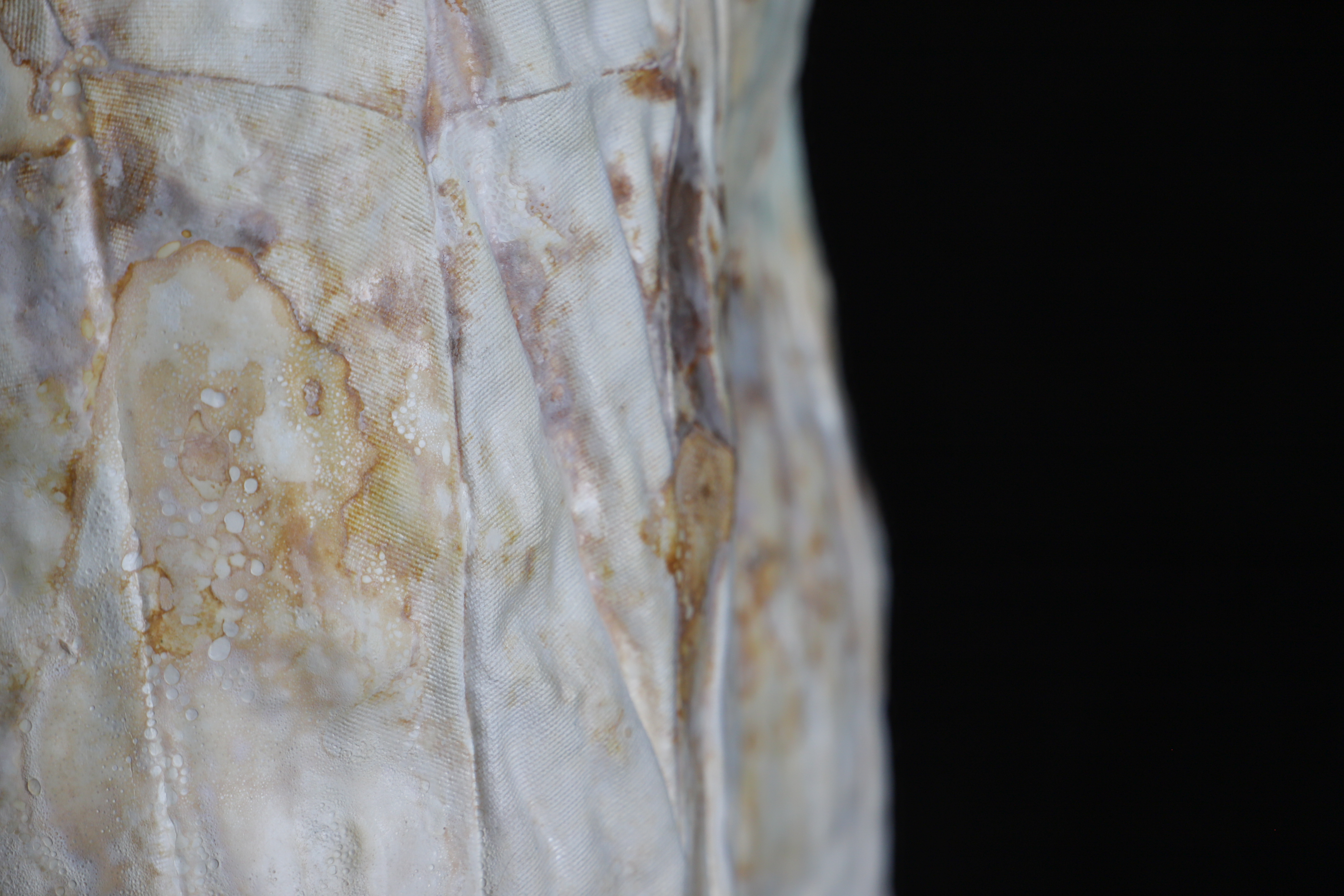
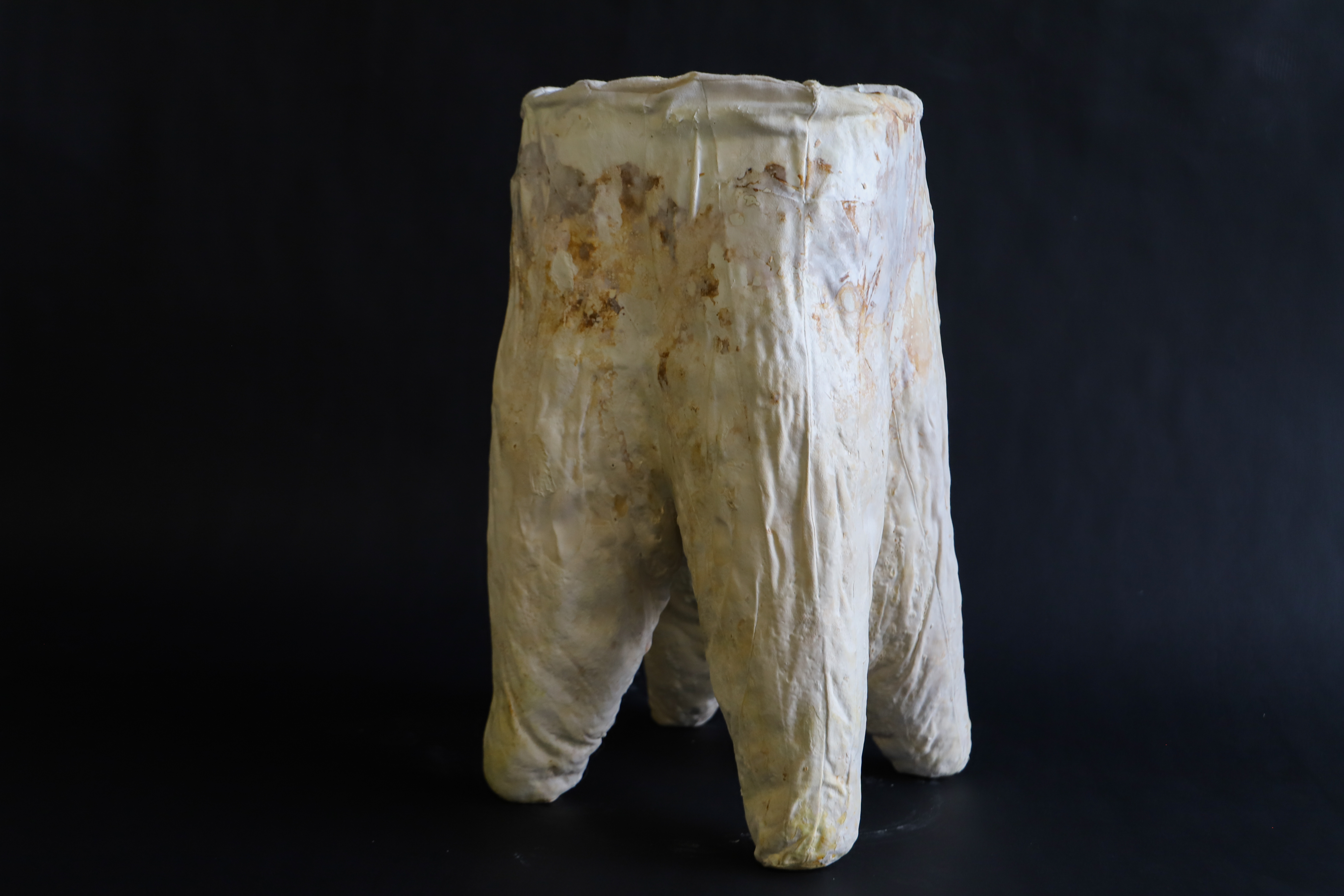
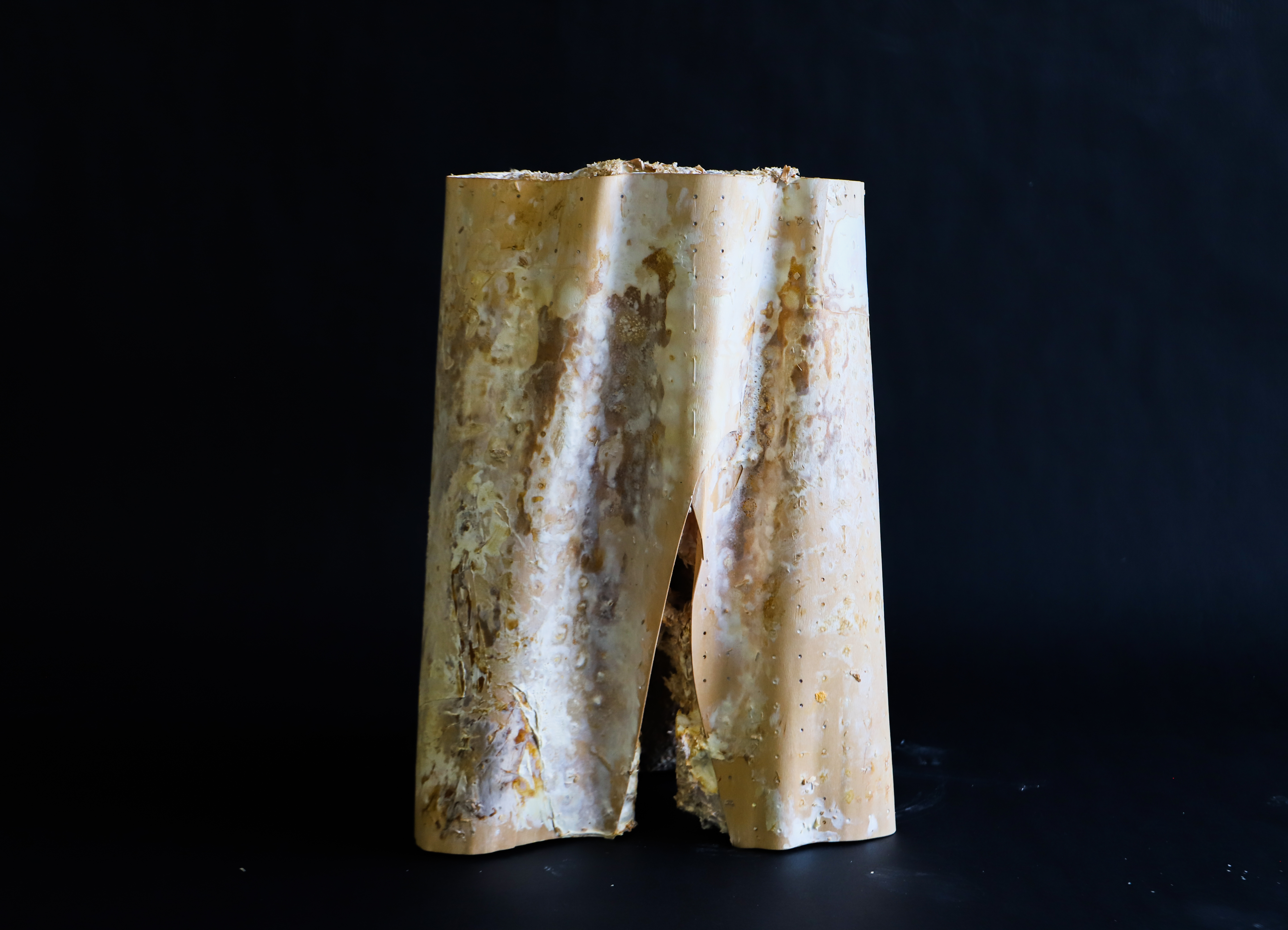
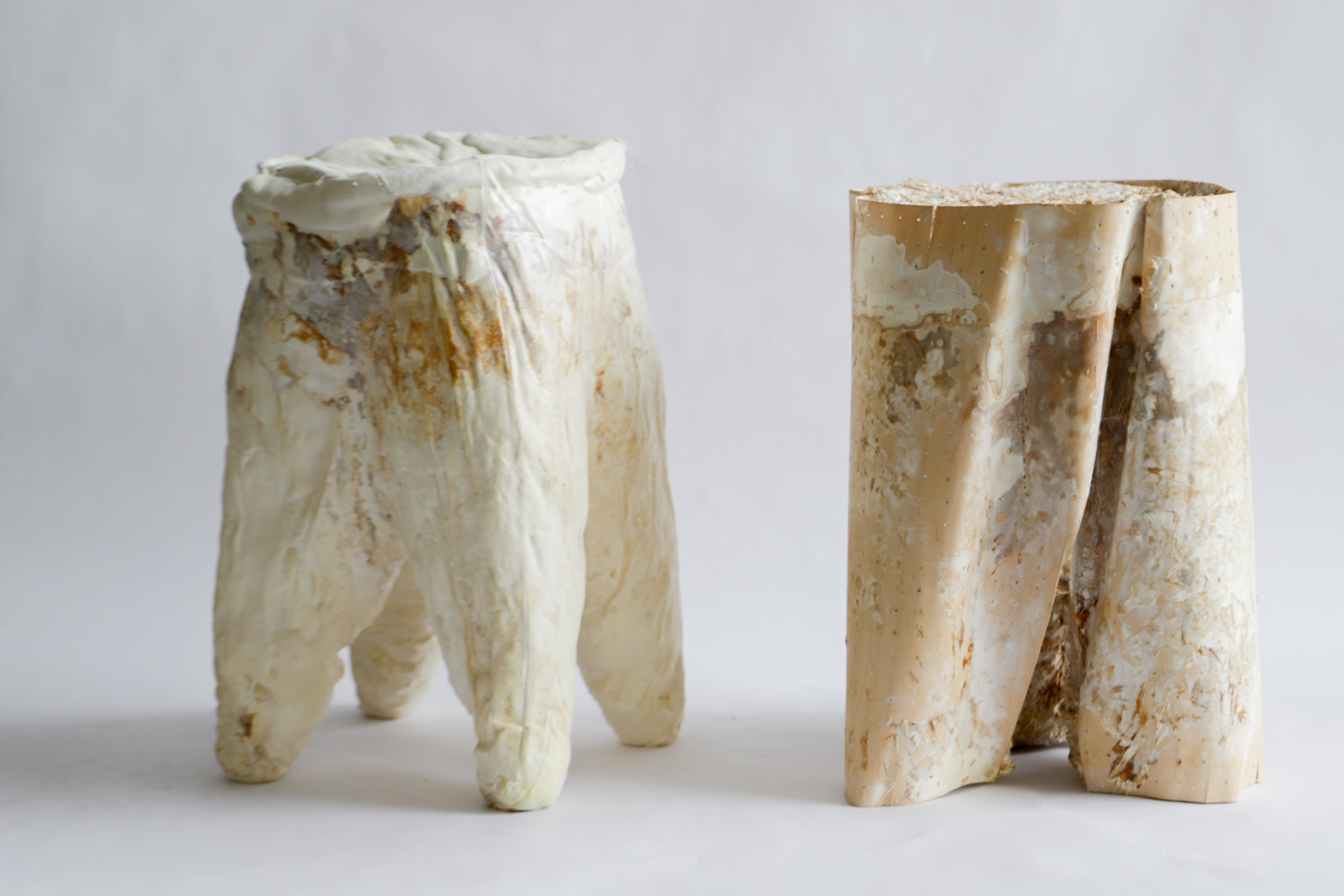
KAPHEND 2025 — Planet Earth